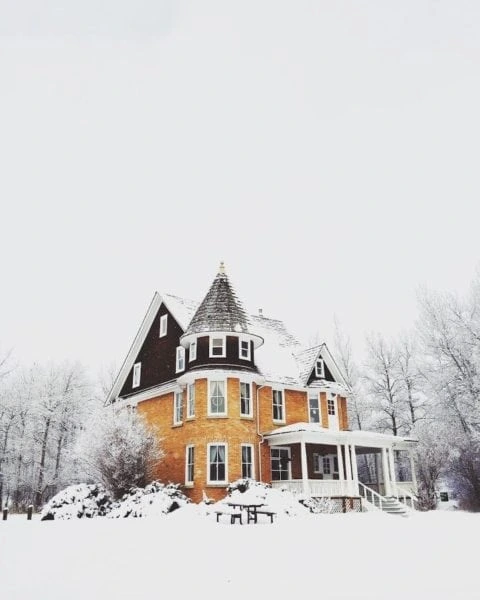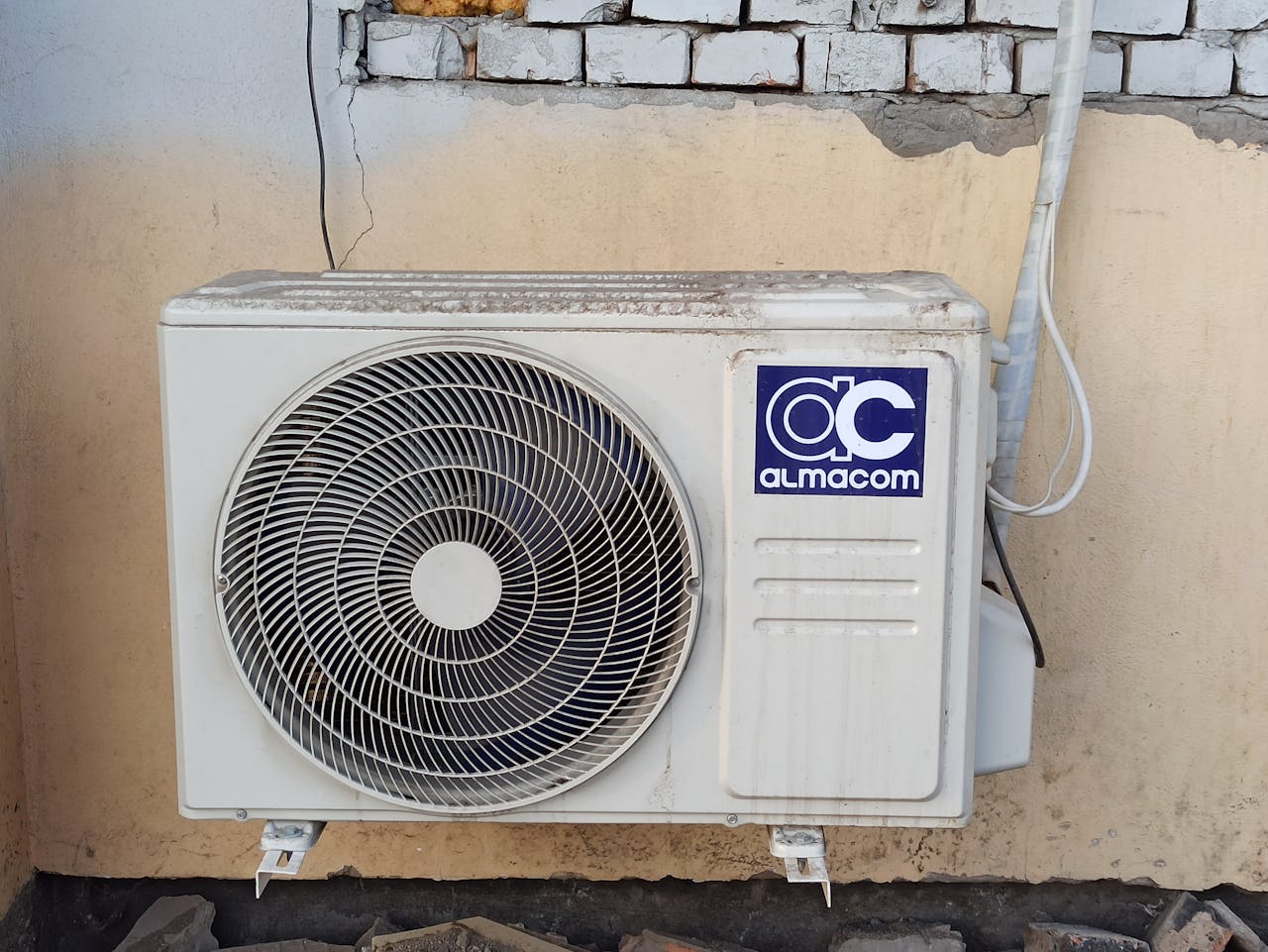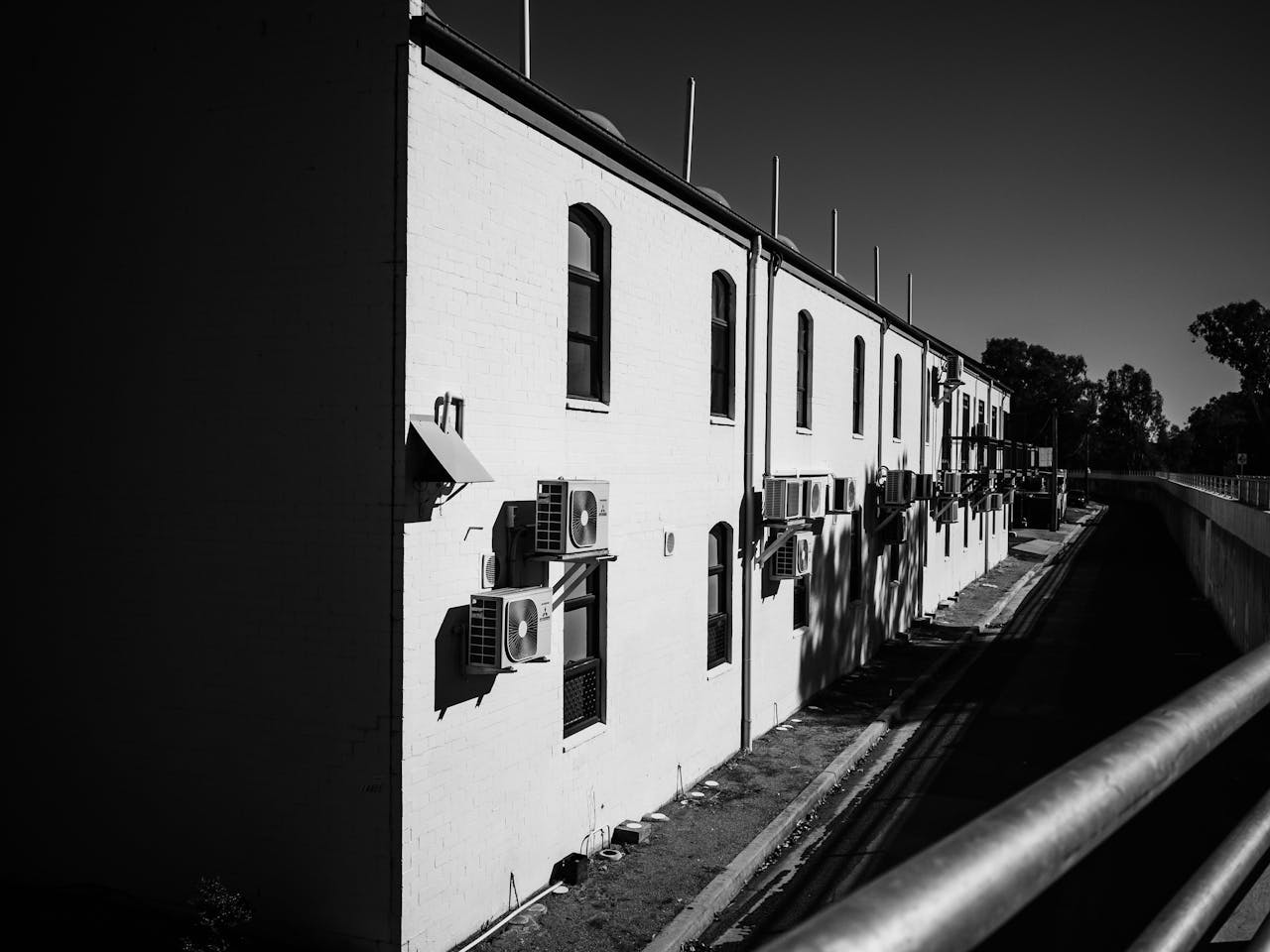The warm days of summer have been replaced by the cool, crisp autumn air, and this can only mean one thing: winter is approaching. Homeowners must take steps to prepare their home for winter, including upgrading weather stripping and installing door sweeps. However, you need to take other steps to ensure your family is warm and comfortable all winter long: prepare the furnace.
Preparing your furnace for winter will help prevent malfunctions, cold mornings and unnecessary repairs. Here are a few things you need to do to get your furnace ready for winter.
Change the Filter
The most inexpensive and effective thing you as a homeowner can do to prepare your furnace for winter is to change the air filter. The air filter performs two main duties: it prevents certain particles and toxins from entering your home and it protects the furnace from damage. It the filter is old or clogged, it cannot perform its duties effectively.
There are several different types of furnace filters available. For example, the most inexpensive option is a fiberglass filter. However, be aware that these filters will need to be changed as often as monthly. At the other end of the spectrum is a high-efficiency furnace filter. These filters will capture nearly 99 percent of particulates and toxins before they enter your home.
If you decide to splurge on a more high-efficiency furnace filter, be aware that your furnace will need to work harder to force air through the filter. Speak with your HVAC technician before deciding to upgrade your furnace filter to make sure your HVAC system can function properly with the new kind of filter.
Clean the Area Around the Furnace
Next, clean the area around your furnace. Move any boxes, furniture and other obstructions from near your furnace. Anything flammable near the furnace could accidentally catch on fire. Also remove everything that is sitting next to or even on top of the exposed ducts. Any weight or obstructions could hamper the furnace’s ability to send hot air through the ductwork.
Check the Registers
Next examine the registers for any damage or obstruction. Grab a screwdriver and loosen the screws on the registers. Clean out the register vents with the hose attachment of your vacuum cleaner. Replace all the register covers. Also be sure to clear away anything that is sitting in front of the registers.
Periodically check the areas in front of the registers and remove anything that is blocking the warm air from entering your home.
Schedule a Duct Cleaning
Over the years, your air ducts will become clogged with pet hair, dust, dirt and other debris. In the worst scenarios, small animals, including mice and squirrels, can become trapped in your HVAC system. If a pest lives, creates a nest or dies inside your air ducts, a terrible smell will travel into your home.
Whatever the case, have your air ducts inspected at least once a year and cleaned at least every three to five years. The cleaning will help greatly improve your furnace’s efficiency and will help prevent any allergens found in the ducts from being blown into your home.
Turn on the Thermostat
Turn your thermostat from cool or off to the heat setting. Set the temperature a few degrees above the room temperature and listen for the furnace to kick on. Stand in front of the registers to ensure that heat is blowing out of each one. Additionally, listen for any strange noises, including bangs, buzzing and cracking. Also pay attention to any strange smells, such as burning or a rotten egg smell.
If you notice any strange noises or smells coming from your furnace, contact an HVAC technician right away. The banging noise could be the sign of a carbon monoxide leak and an electrical burning odor could signal a problem with the wiring.
Test Your Carbon Monoxide Detector
Check the carbon monoxide detectors in your home to ensure they are functioning. Refer to the owner’s manual to learn how to test your detectors. Ideally, you should have carbon monoxide detectors installed near the bedrooms in your home. For example, if you have bedrooms in the second floor, install the detector in a centralized area on that level.
Schedule a Yearly Inspection
Finally, the last step you need to take is to schedule a yearly inspection, if you haven’t already contacted an HVAC technician to repair an issue. During the inspection, a professional will check all the furnace components to ensure that there is no damage. The technician will also remove any dirt or debris from the furnace burners, oil the blower motor and lubricate any other moving parts.
You need to take several important steps before turning on your furnace to ensure it is functional all winter long. If you have any further questions, contact the professionals at Doctor Fix It Plumbing, Heating, Cooling and Electric.

















